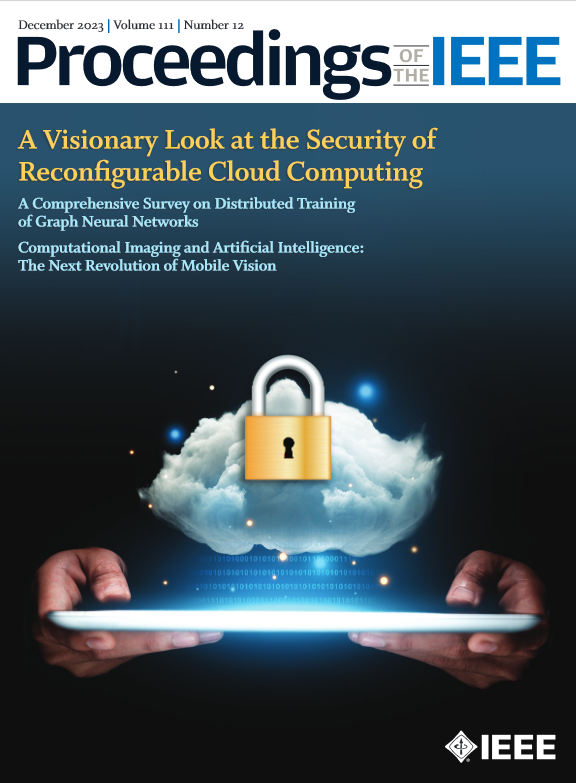子带全双工大规模部署网络设计与权衡
IF 23.2
1区 计算机科学
Q1 ENGINEERING, ELECTRICAL & ELECTRONIC
引用次数: 0
摘要
时分双工(TDD)和频分双工(FDD)主要用于商用新无线电(NR)部署,其中时域或频域资源在下行链路(DL)和上行链路(UL)之间分配。全双工(FD)将使 5G-advanced 和 6G 系统超越 TDD 和 FDD 操作,进入一种新的双工模式,充分利用 TDD/FDD 部署的优势。它能实现更高的吞吐量和更低的延迟,同时实现灵活的 UL/DL 调度。然而,要在大规模系统部署中实现 FD 操作,还需要克服一些挑战,包括节点内和节点间[用户设备 (UE) 和下一代节点 B(5G 基站)]干扰以及载波间干扰。在本文中,我们提出了在 5G-advanced/6G 系统中缓解自干扰(SI)和跨链路干扰(CLI)的解决方案,提供了系统级评估,并讨论了第三代合作伙伴计划(3GPP)双工演进研究项目的成果。我们介绍了子带全双工(SBFD)的概念,它是宏网络实现全双工关键特性(如降低延迟和改善 UL 链路预算)的有效解决方案。最后,我们介绍了全球首个 SBFD 原型在高发射功率大规模多输入多输出 (MIMO) 宏网络中的性能现场测试结果。本文章由计算机程序翻译,如有差异,请以英文原文为准。
Subband Full-Duplex Large-Scale Deployed Network Designs and Tradeoffs
Time-division duplex (TDD) and frequency-division duplex (FDD) are mainly used in commercial new radio (NR) deployments, where the time- or frequency-domain resources are split between downlink (DL) and uplink (UL). Full duplex (FD) will enable 5G-advanced and 6G systems to go beyond TDD and FDD operation into a new duplexing mode that leverages the benefits of both TDD/FDD deployments. It achieves higher throughput and lower latency while enabling flexible UL/DL scheduling. However, there are several challenges that need to be overcome to enable FD operation in large-scale system deployment, including intranode and internode [user equipment (UE) and next-generation node B (5G base station)] interference along with intercarrier interference. In this article, we present solutions to mitigate self-interference (SI) and cross-link interference (CLI) in 5G-advanced/6G systems, provide system-level evaluations, and discuss the outcome of Third Generation Partnership Project (3GPP) study item on duplexing evolution. We introduce the concept of subband FD (SBFD) as an effective solution for a macro network to achieve the key features of FD, such as latency reduction and UL link budget improvement. Finally, we present the field test results for the performance of world-first SBFD prototype of high transmit power massive-multi-input-multioutput (MIMO) macro network.
求助全文
通过发布文献求助,成功后即可免费获取论文全文。
去求助
来源期刊

Proceedings of the IEEE
工程技术-工程:电子与电气
CiteScore
46.40
自引率
1.00%
发文量
160
审稿时长
3-8 weeks
期刊介绍:
Proceedings of the IEEE is the leading journal to provide in-depth review, survey, and tutorial coverage of the technical developments in electronics, electrical and computer engineering, and computer science. Consistently ranked as one of the top journals by Impact Factor, Article Influence Score and more, the journal serves as a trusted resource for engineers around the world.
 求助内容:
求助内容: 应助结果提醒方式:
应助结果提醒方式:


